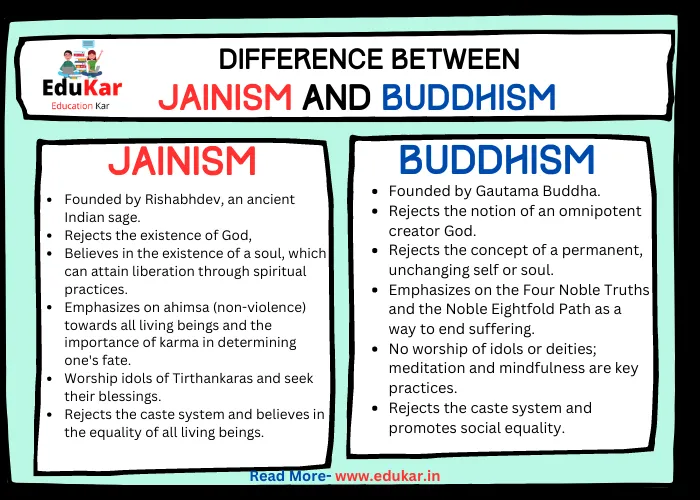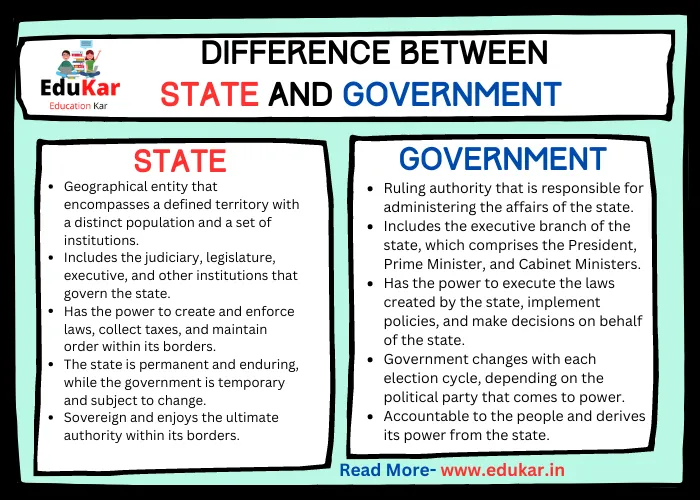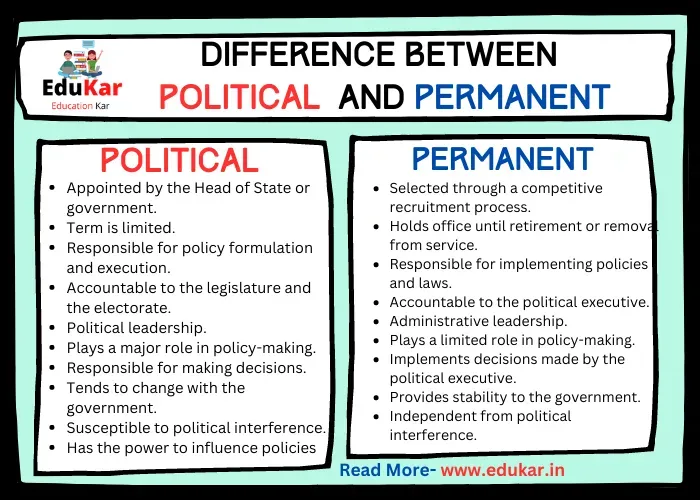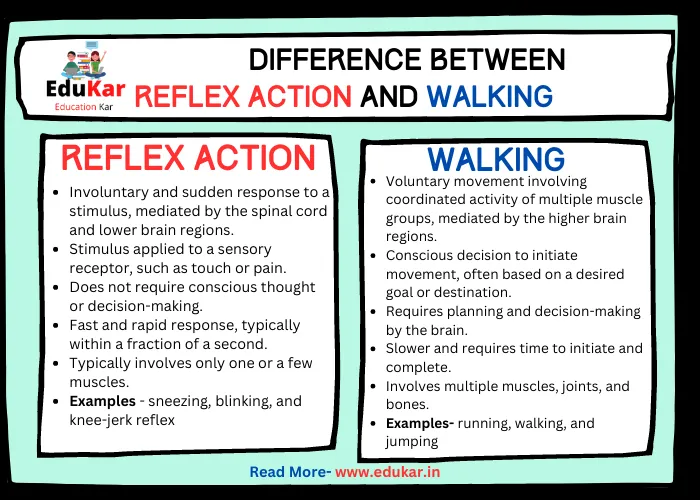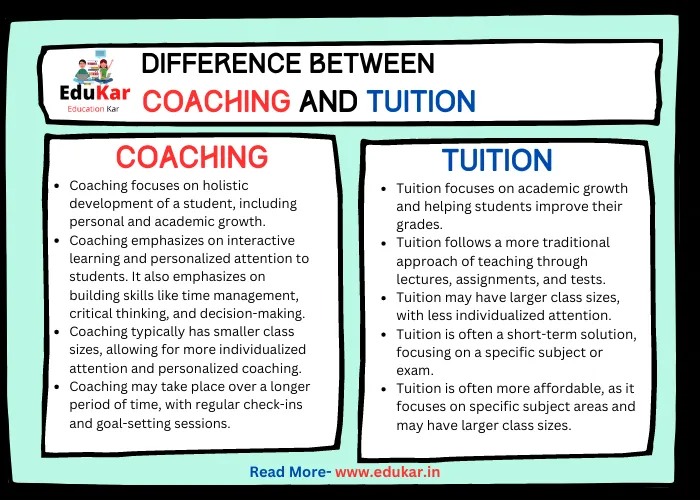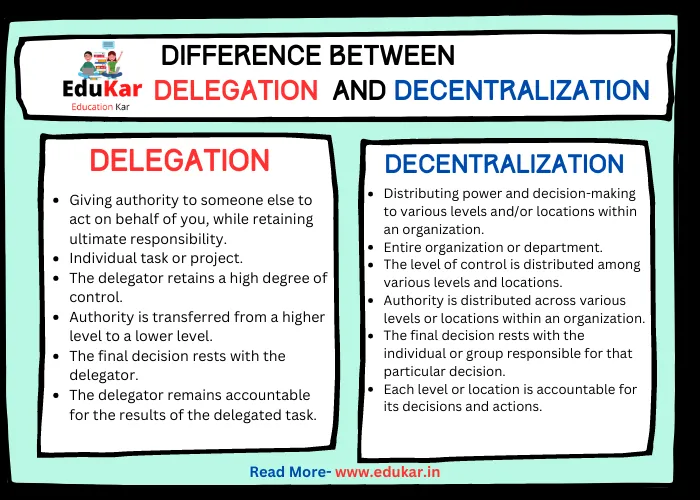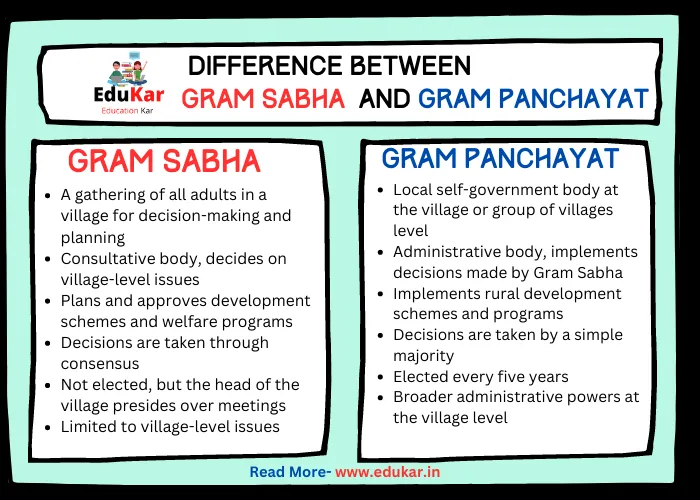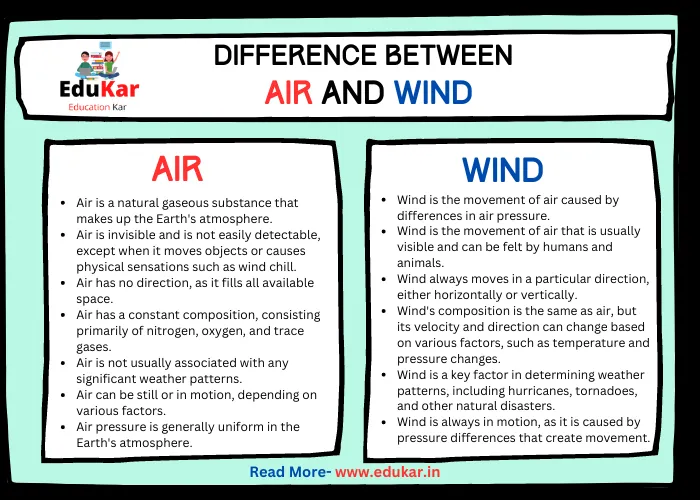Contents
- 1 Introduction
- 2 Human Capital
- 3 Human Development
- 4 Difference between Human Capital and Human Development
- 5 Relationship between Human Capital and Human Development
- 6 Summary
- 7 FAQs
- 7.1 What is human capital?
- 7.2 What is human development?
- 7.3 What is the difference between human capital and human development?
- 7.4 How does human capital contribute to economic growth?
- 7.5 How does human development contribute to the overall well-being of individuals and societies?
- 7.6 Can human capital and human development be improved simultaneously?
- 7.7 What are some examples of investments that can improve human capital and human development?
- 7.8 How can policymakers use the concepts of human capital and human development to guide their decisions?
This article by Edukar explores the key differences between human capital and human development, two related but distinct concepts in economics and social sciences. Discover how they differ in terms of their scope, measurement, and implications for individual and societal growth. Gain insights into the significance of investing in both human capital and human development for fostering sustainable and inclusive development in today’s globalized world.
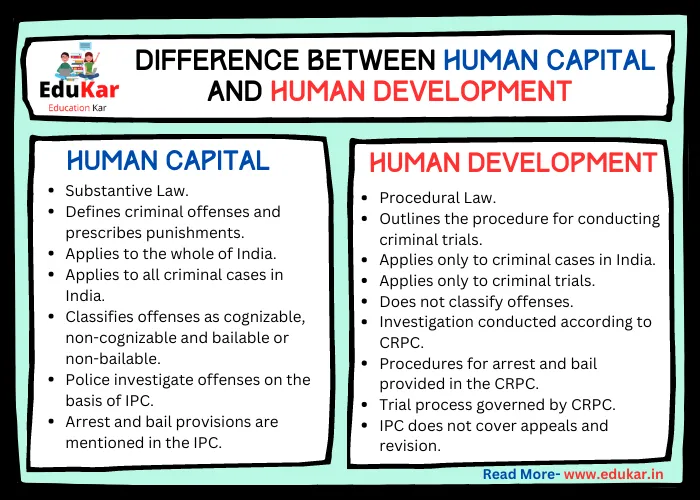
Introduction
In today’s world, it’s no longer sufficient to measure a country’s progress merely by economic growth. The quality of life, social welfare, and overall well-being of the population have become equally important factors. As a result, the concepts of human capital and human development have emerged as key indicators of a country’s development. Although the terms are sometimes used interchangeably, they are, in fact, distinct concepts that require separate analysis.
Also Read: Difference between Admission and Confession
Human Capital
Human Capital is the collective knowledge, skills, and abilities of the population that can be applied to create economic value. It encompasses all the productive capabilities of individuals that can be utilized to create goods and services. Human Capital can be acquired through education, training, work experience, and other forms of learning. It is also transferable and can be used in different sectors of the economy.
Examples of Human Capital
Examples of Human Capital include physical and mental skills, specialized knowledge, and personal qualities such as creativity, teamwork, and leadership.
Importance of Human Capital in economic growth
Human Capital is an essential factor in economic growth. Countries with a high level of Human Capital tend to have higher productivity, higher GDP, and lower unemployment rates. Investing in Human Capital development can result in long-term economic growth and prosperity. Governments and businesses can invest in Human Capital development by providing access to education and training programs, promoting research and innovation, and supporting the creation of a skilled workforce.
Human Development
Human Development is the overall well-being of individuals in a society. It encompasses aspects such as health, education, income, and access to basic needs. Human Development seeks to improve people’s lives by enabling them to lead a healthy, productive, and fulfilling life. It is not just about economic growth but also about creating an equitable and just society. Human Development aims to ensure that everyone has the opportunity to reach their full potential, regardless of their background or social status.
Also Read: Difference between Growth and Development
Human Development is crucial in achieving sustainable development. It is not just about improving the quality of life but also about creating a better future for the next generation. Governments and international organizations can invest in Human Development by providing access to basic needs, improving health and education outcomes, and promoting gender equality and social inclusion.
Difference between Human Capital and Human Development
| Human Capital | Human Development |
|---|---|
| Human Capital is the knowledge, skills, and abilities that individuals acquire through education and training | Human Development is a broader process of improving the well-being of people through a variety of means |
| Focused on the economic benefits that individuals and society can reap from investing in education and training | Focused on the overall well-being of individuals and society, including health, education, social and political participation, and other factors |
| Emphasizes individual achievement and productivity | Emphasizes the role of collective action and social change in improving people’s lives |
| Assumes that the benefits of education and training are primarily economic | Recognizes that education and training can have both economic and non-economic benefits |
| Tends to focus on the acquisition of technical skills and knowledge | Tends to focus on broader social and cultural factors that affect people’s well-being |
| Sees education and training as a means of increasing labor productivity and economic growth | Sees education and training as a means of promoting social and political empowerment and reducing inequality |
| Often associated with the private sector and the pursuit of profit | Often associated with the public sector and the pursuit of social welfare |
| Often measured in terms of financial returns on investment | Often measured in terms of human development indices that take into account multiple dimensions of well-being |
| Can lead to increased income and economic opportunities for individuals | Can lead to improved health outcomes, greater social cohesion, and enhanced political participation |
| Can reinforce existing social and economic inequalities | Can help to reduce social and economic inequalities by providing opportunities for marginalized groups |
| Often involves competition and individualism | Often involves cooperation and community building |
| Can be enhanced through policies that promote education and training | Can be enhanced through policies that promote access to health care, social protection, and other basic services |
| Can be limited by factors such as social class, race, and gender | Can be limited by factors such as poverty, discrimination, and political instability |
| Can contribute to economic growth and development | Can contribute to social progress and human flourishing |
Relationship between Human Capital and Human Development
Although Human Capital and Human Development have different focuses and purposes, they are interrelated concepts that can complement each other. For example, investing in education and training programs can increase the Human Capital of the population while also improving health outcomes and reducing poverty, leading to better Human Development outcomes.
Similarly, promoting gender equality and social inclusion can improve Human Development outcomes while also contributing to the creation of a more skilled and productive workforce.
Also Read: Difference between Delegation and Decentralization
Summary
Human Capital and Human Development are two essential concepts that contribute to a country’s overall development. Although they are different in focus and purpose, they are interrelated and can complement each other. Investing in Human Capital development can lead to long-term economic growth, while investing in Human Development can lead to social progress and a more equitable society.
To achieve sustainable development, policymakers and businesses must strike a balance between the two and invest in both Human Capital and Human Development initiatives.
FAQs
What is human capital?
Human capital refers to the knowledge, skills, and abilities that a person possesses, which can be used to create economic value.
What is human development?
Human development refers to the overall growth and improvement of individuals and societies, which can involve improvements in education, health, and other aspects of well-being.
What is the difference between human capital and human development?
While both concepts involve human beings and their abilities, human capital is more focused on the economic value that individuals can create, while human development is focused on the overall well-being and growth of individuals and societies.
How does human capital contribute to economic growth?
Human capital can contribute to economic growth by improving productivity and efficiency in the workforce, leading to increased innovation and technological advancements.
How does human development contribute to the overall well-being of individuals and societies?
Human development can contribute to the overall well-being of individuals and societies by improving education, healthcare, and other aspects of life, which can lead to better health outcomes, higher levels of education, and greater opportunities for people to reach their full potential.
Can human capital and human development be improved simultaneously?
Yes, human capital and human development are not mutually exclusive concepts, and they can be improved simultaneously through investments in education, healthcare, and other areas that contribute to both economic growth and overall well-being.
What are some examples of investments that can improve human capital and human development?
Examples include investments in education, job training programs, healthcare, and infrastructure development, among others.
How can policymakers use the concepts of human capital and human development to guide their decisions?
Policymakers can use the concepts of human capital and human development to guide their decisions by considering the long-term effects of their policies on both economic growth and overall well-being, and by investing in programs and policies that promote both.

